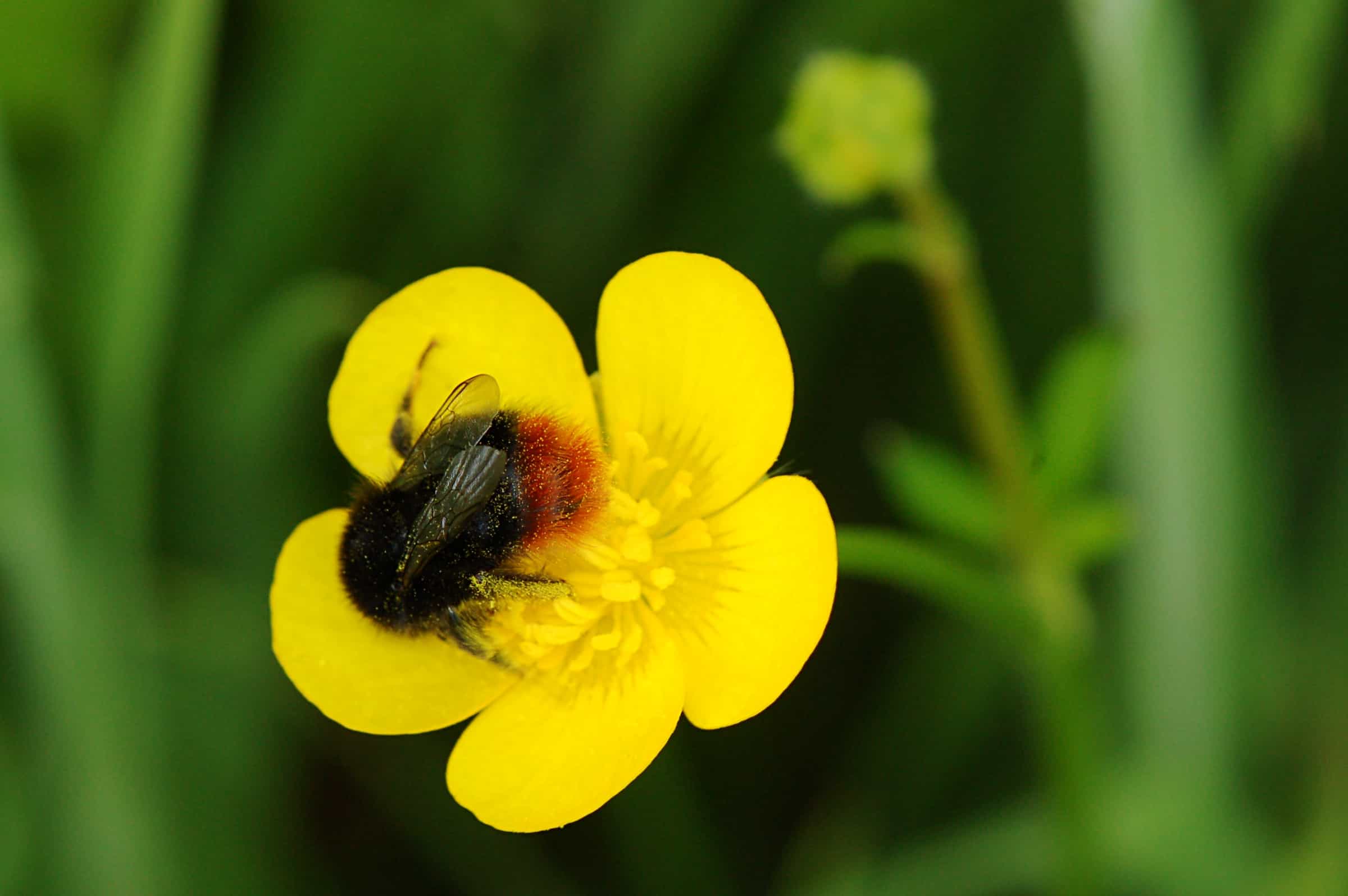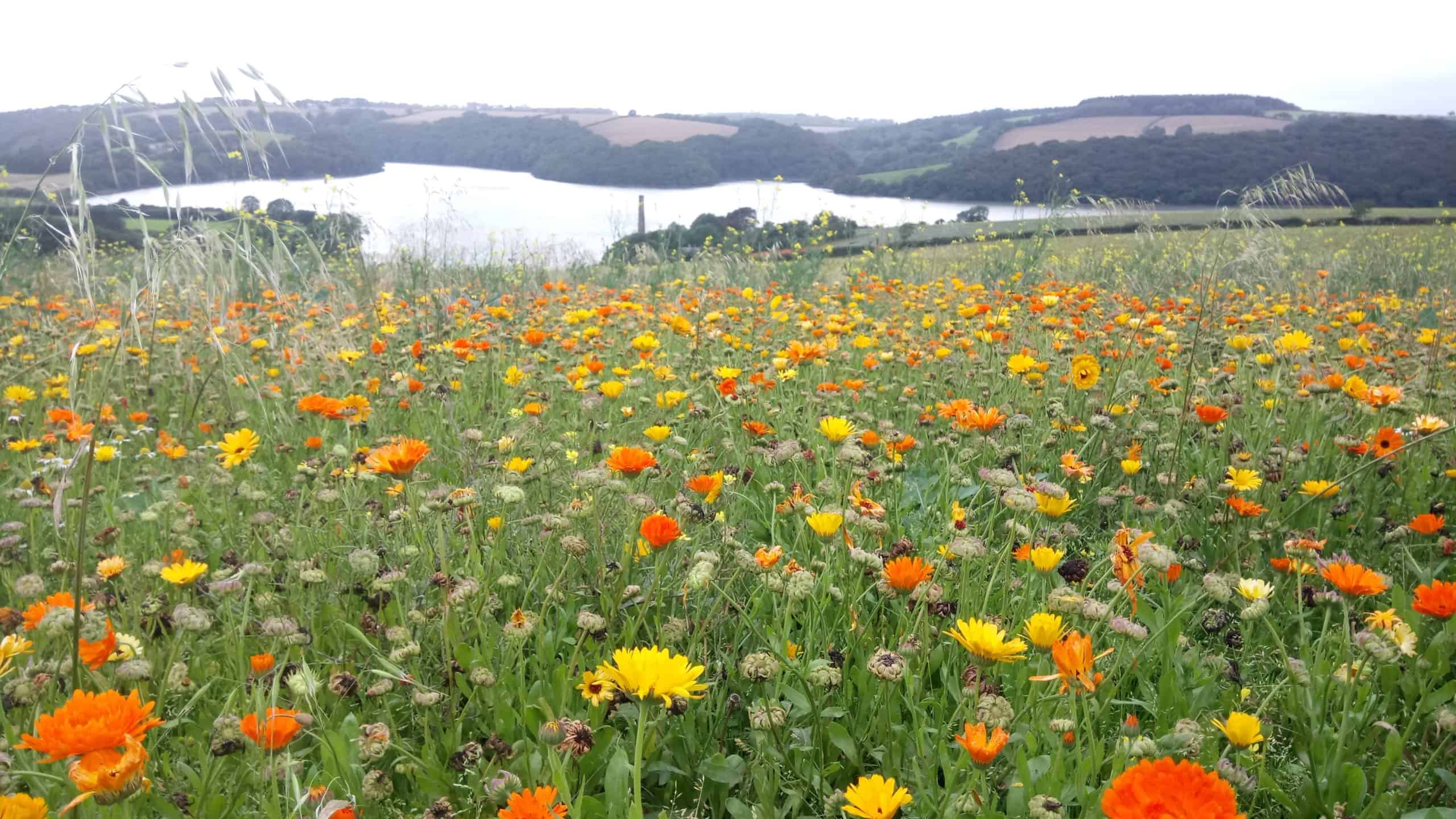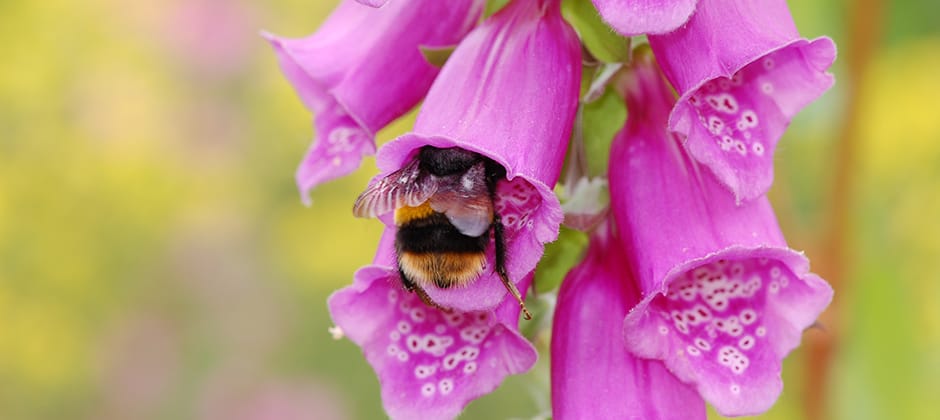Share this article
Tool helps landowners design for bumblebees
Farmers and other landowners have a new tool in their tool belt to help their properties attract important pollinators.
Bumblebees are responsible for a lot of pollination throughout the world. In the U.S., studies have shown they’re worth up to $3,251 dollars per hectare of crops. In the U.K, pollinators are worth 61 million pounds a year. But many bumblebee species are also in decline, due to habitat loss, pesticides, disease and climate change.
“Bees are worth a lot of money, which is really important,” said Grace Twiston-Davies, a researcher at the Environment and Sustainability Institute at the University of Exeter. “But they’re also a canary in the coal mine. If they’re doing well, everything else is doing well.”
In a study published in Methods in Ecology and Evolution, she and her colleagues created a computer model mimicking what bumblebees were doing based on their surroundings. “I’ve always been interested in looking at how we can take the theoretical science and adapt it to the real world to make positive changes on the ground,” she said. “This inspired my group, led by Professor Juliet Osborne, to take computer models that could have stayed very theoretical and answer some important ecological questions.”

A red-tailed bumblebee (Bombus lapidarius), which can be found throughout Central Europe.
Credit: Matthias Becher
The model, which they call Bee-Steward, is “agent-based.” Each individual bee, or “agent,” in a colony makes a decision based on its surroundings. If a queen is laying her first batch of eggs, she has to go out and forage for nectar to get energy to look after the eggs. When those eggs turn into worker bees, those bees have to collect pollen to feed the next generation and collect nectar to feed themselves. “It’s super complex, but the bees in the model know what they have to do and make decisions independently,” she said. “If it’s done right, we can replicate bumblebee colonies in a virtual world and then test it out to see if it can work in real-life landscapes.”

Bumblebees are attracted to calendula (Calendula officinalis) crops like these. Credit: Grace Twiston-Davies
The model also includes resources that bees rely on, including information on how much nectar and pollen bees can get from those flowers and at what time of year. Bees in the model remember where they’ve gone previously for resources and if they were successful.
The model provides a baseline prediction of how well the landscape is performing for bumblebees in a business-as-usual scenario. It can predict pollinator success in the next five to 10 years. And if land managers play around with the model, virtually adding patches of wildflowers in large areas or strips of flowers in smaller ones, “they can then time travel into the future to see what difference it makes for pollinators,” Twiston-Davies said.
She and her colleagues are already working with a number of organizations to use the model, and while it is currently based on European bees and conditions, since the back end of the model is open source, Twiston-Davies said, researchers can adapt it to other areas. Current efforts are underway to use it for bees in Argentina and British Columbia.
“We’d like as many groups and organizations to use it and adopt it to their continent or different research and conservation needs,” she said.
Header Image: A bumblebee on a foxglove (Digitalis purpurea) flower. Credit: Matthias Becher








